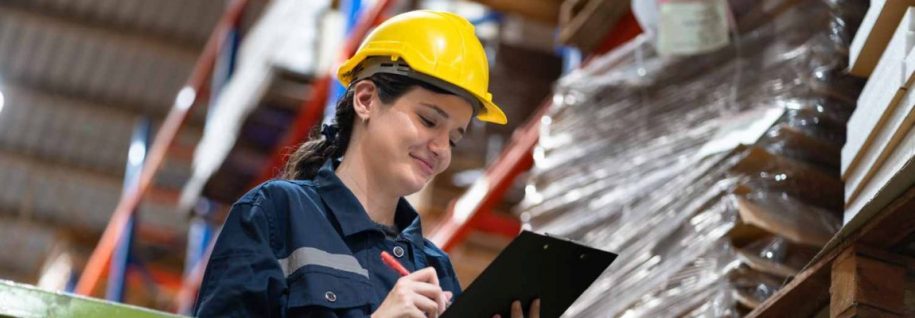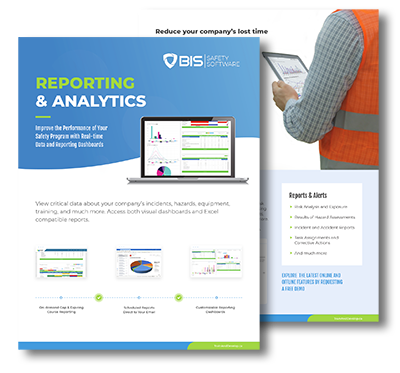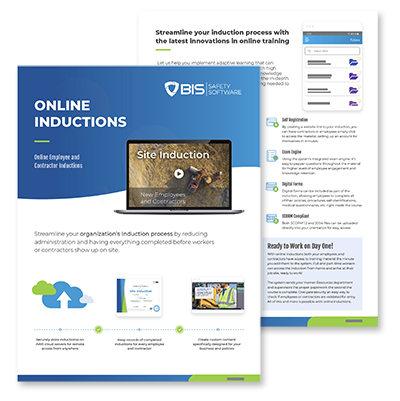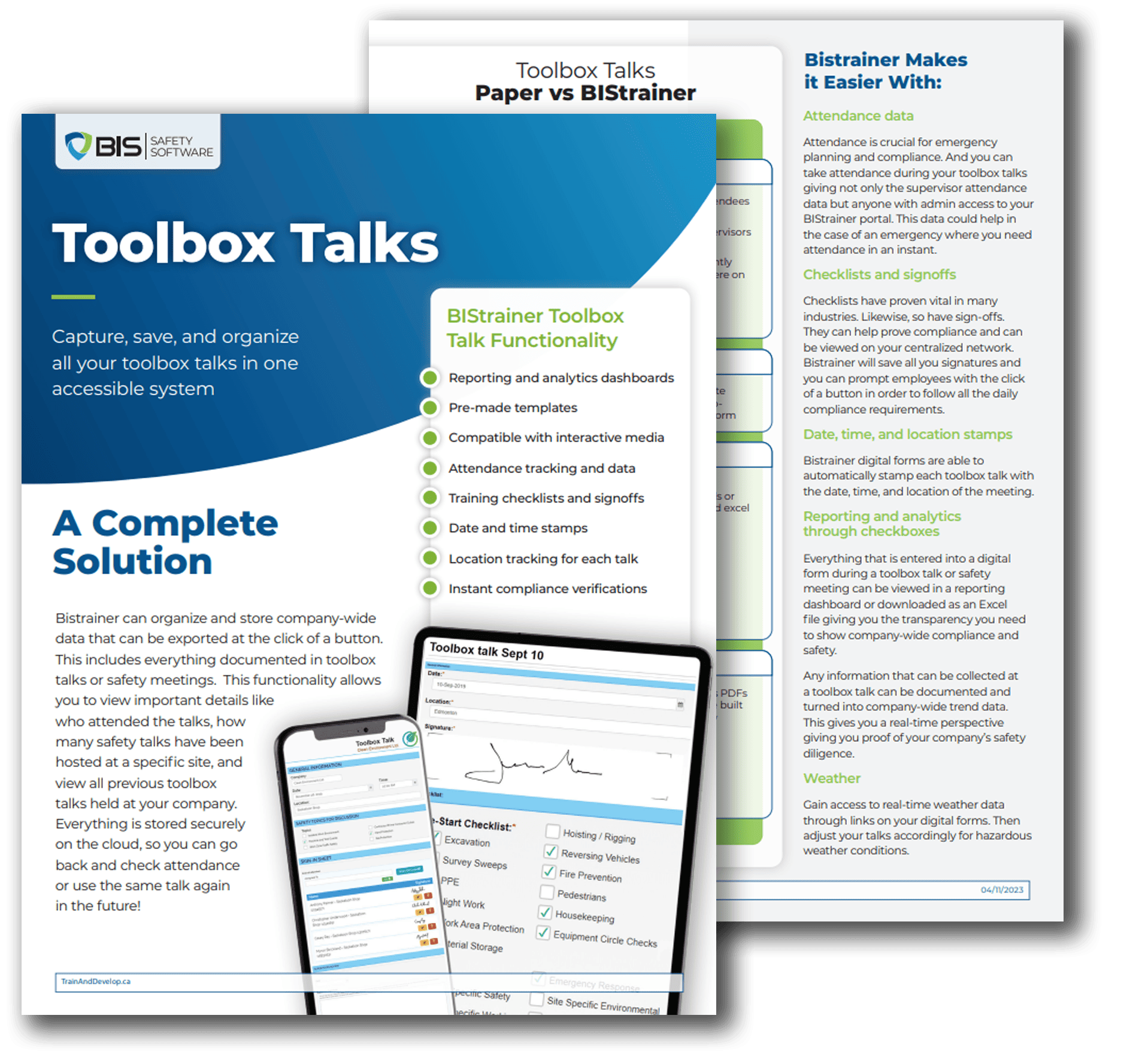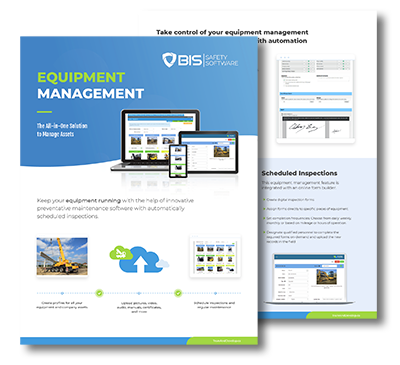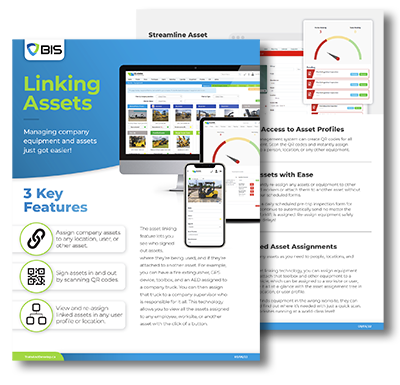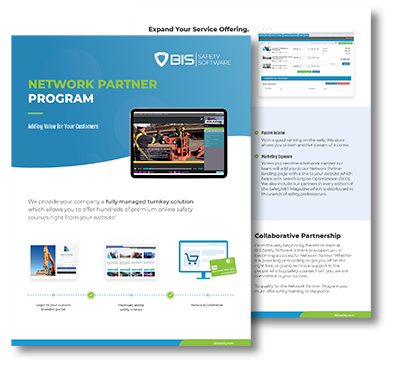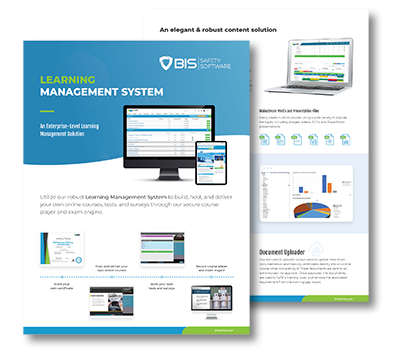In the bustling industrial landscape of the United Kingdom, the use of aerial and scissor lifts has become a common sight. These versatile machines allow workers to reach heights and access areas that were once challenging to reach. However, with the convenience they bring, there also comes a need for heightened safety awareness. Accidents involving aerial and scissor lifts are, unfortunately, not uncommon. In this article, we’ll delve into the most prevalent types of accidents involving these machines in the UK, aiming to shed light on potential hazards and how to avoid them.
Aerial Lift Accidents
Accidents involving aerial and scissor lifts have raised concerns about workplace safety. According to the Health and Safety Executive (HSE) in the UK, these accidents often result from factors such as equipment malfunction, operator errors, and inadequate training. The consequences of such incidents can be severe, ranging from injuries to fatalities, not to mention the financial and emotional toll on individuals and businesses involved.
Common Types of Aerial and Scissor Lift Accidents
Understanding the most frequent types of aerial and scissor lift accidents is vital to prevent them. Here are some of the most common ones:
1. Overturns: Preventing Aerial and Scissor Lift Tipping Accidents
Overturning of aerial and scissor lifts is a significant concern in the UK, as it remains one of the most common and dangerous types of accidents associated with these machines. An overturn accident can result in severe injuries or fatalities, not to mention the potential for damage to equipment and property. To prevent these accidents, several critical safety measures must be in place.
Proper Training and Certification:
First and foremost, operators of aerial and scissor lifts should receive comprehensive training. This training should cover not only the operation of the equipment but also safety protocols, including the recognition of potential hazards like uneven terrain, soft ground, or overhead obstacles. Operators must be well-versed in assessing the suitability of the work area for lift operation.
Aerial and scissor lift safety training can save lives. According to
HSE, approximately 40 people lose their lives each year due to accidents
involving falls from a height in the UK. These incidents underscore the importance of proper training and adherence to safety guidelines.
Load Capacity Awareness:
Overturns often occur when the lift exceeds its maximum load capacity. Therefore, operators should have a deep understanding of the weight limits for their specific machine. A clear understanding of the combined weight of the operator, tools, and materials being lifted is crucial. Load capacity should never be compromised, and operators should never attempt to exceed these limits.
Site Assessment:
Before deploying an aerial or scissor lift, a thorough site assessment should be conducted. This assessment should identify potential hazards and challenges that could lead to an overturn accident. Factors such as ground stability, the presence of obstacles, and the need for outriggers or stabilizers must be considered.
Proper Setup and Leveling:
The stability of the lift depends on its setup. It’s vital to position the machine on level ground, free from debris or materials that could cause instability. Some lifts come equipped with outriggers or stabilizers, which should be correctly deployed to ensure balance and prevent tipping.
Safety Protocols:
Operators should adhere to strict safety protocols, including wearing personal protective equipment (PPE) and using safety harnesses when necessary. All personnel on the worksite should maintain a safe distance from the lift during operation. A well-communicated signal system between operators and ground personnel can help ensure everyone’s safety.
Regular Maintenance and Inspection:
Aerial and scissor lifts should undergo regular maintenance and inspection to detect any mechanical issues that might compromise stability. Faulty hydraulic systems or malfunctioning parts can significantly increase the risk of overturns.
2. Falls from Heights: Mitigating Risks Associated with Aerial and Scissor Lift Falls
Working at elevated heights using aerial and scissor lifts presents a substantial risk of falls. Fall accidents are one of the most pressing safety concerns when it comes to operating these machines in the UK. Preventing falls from heights is imperative for safeguarding the well-being of operators and other workers on-site.
Fall Protection Equipment:
One of the most effective ways to prevent falls from aerial and scissor lifts is to equip operators with appropriate fall protection gear. This typically includes safety harnesses, lanyards, and anchor points on the lift itself. Before ascending, operators should ensure that their harness is securely fastened and attached to an approved anchor point on the lift.
Guardrails and Gates:
Some aerial and scissor lifts come equipped with guardrails and gates around the platform. Operators must ensure that these safety features are in good working order. They should never be removed or altered, as they are designed to provide an additional layer of protection against falls.
Safe Work Practices:
Training and adherence to safe work practices are vital in mitigating fall risks. Operators should remain mindful of their positioning while on the platform. Leaning too far over the guardrails, sitting on the edge, or standing on objects to gain additional height are all dangerous behaviors that should be strictly avoided.
Platform Capacity:
The lift platform has a specified weight capacity, and this limit should never be exceeded. Overloading the platform can affect its stability and increase the risk of tipping or, in the case of boom lifts, extending beyond the safe reach zone.
Pre-Operation Inspections:
Before each use, aerial and scissor lifts must undergo pre-operation inspections. This includes a check of all safety features, including guardrails and gates. Any issues discovered during these inspections should be immediately addressed and resolved.
Proper Positioning:
Operators must position the lift platform as close to the work area as possible. This minimizes the need to lean or overreach. The platform should be raised or lowered only when it is securely anchored in a stable location.
Regular Training and Refresher Courses:
Continuous training and refresher courses are essential. Keeping operators up to date on the latest safety standards and best practices ensures that they remain aware of the potential fall hazards associated with aerial and scissor lifts.
Emergency Response Protocols:
In the event of a fall or any other emergency, a well-defined emergency response protocol should be in place. This includes knowing how to lower the platform or initiate a rescue.

3. Electrocutions: Safeguarding Against Electrical Hazards in Aerial and Scissor Lift Operations
Electrocutions represent a serious risk associated with operating aerial and scissor lifts in the UK. These accidents occur when lifts come into contact with live electrical wires or equipment. Preventing electrocutions is of utmost importance, and the following measures can help mitigate this risk:
Training and Awareness:
Operators should receive comprehensive training to recognize and avoid electrical hazards. They must be aware of the locations of power lines, electrical installations, and potential sources of electricity in their work environment. Education and awareness are the first lines of defense against electrocutions.
Maintain Safe Distances:
A primary prevention measure is maintaining a safe distance from power lines and electrical sources. In the UK, standard safety regulations specify the minimum approach distances for aerial and scissor lifts when working near overhead electrical lines. Operators should adhere to these guidelines strictly.
Lowering and Stowing Equipment:
Before moving a lift or changing its height, operators should ensure that the equipment is safely away from power lines. Lowering the lift platform to its lowest position and stowing any elevated parts or extensions can reduce the risk of accidental contact with electrical hazards.
Non-Conductive Materials:
Operators should use non-conductive tools and materials when working in proximity to electrical sources. These materials, such as fiberglass or plastic, do not conduct electricity, providing an additional layer of protection in case of accidental contact with live wires.
Proper Grounding:
The lift itself should be properly grounded to prevent electrical discharge. Grounding reduces the risk of electrical current flowing through the lift and its components, thereby protecting operators and personnel on the platform.
Regular Equipment Inspections:
Routine equipment inspections are critical to ensuring that the lift is in good working order and that all safety features are functioning correctly. Any issues related to electrical systems or grounding should be immediately addressed.
Weather Considerations:
Weather conditions can increase the risk of electrocutions. Operators should be particularly cautious during wet, rainy, or stormy weather when electrical hazards may be amplified. In such conditions, work should be postponed when possible.
Emergency Response Training:
In the event of electrical accidents, operators should be trained in emergency response procedures, including what to do if the lift comes into contact with live wires. Prompt and correct actions can minimize the severity of injuries in these situations.
4. Struck-By Accidents: Reducing Risks Associated with Aerial and Scissor Lifts
Struck-by accidents are a common concern when it comes to operating aerial and scissor lifts in the UK. These accidents occur when workers are hit by the lift or its components, such as the moving platform or extending arms. To prevent struck-by accidents, stringent safety measures must be in place.
Safe Distances:
Maintaining a safe distance from the lift and its moving parts is crucial. Operators should make sure that no personnel are in the immediate vicinity when the lift is in operation, especially during platform elevation or arm extension.
Clear Communication:
Clear and effective communication between lift operators and ground personnel is essential. Operators should signal their intentions before moving the lift or making any adjustments. Ground personnel must be aware of the lift’s movements and avoid entering its path.
Safety Zones:
Establishing designated safety zones around the lift can help minimize the risk of struck-by accidents. These zones should be clearly marked and strictly enforced, ensuring that no one enters them while the lift is operational.
Operator Training:
Proper training for operators is a fundamental preventive measure. Operators should be well-versed in the safe operation of the lift, understanding the potential hazards and risks associated with moving parts. They should also know how to respond in case of emergency situations.
Use of Spotter:
In situations where the operator’s view might be obstructed, a spotter can be invaluable. Spotters are responsible for guiding the operator, ensuring that there are no obstacles or personnel in the way of the lift’s movements.
Emergency Stop:
Aerial and scissor lifts are equipped with emergency stop controls. Operators should be trained in their use and should use them in case of any potential hazards or if someone enters the lift’s path unexpectedly.
Regular Equipment Inspections:
Routine equipment inspections are essential for identifying and rectifying any mechanical issues that could compromise the lift’s safe operation. Malfunctions or defects in the lift’s control systems can increase the risk of struck-by accidents.
Personal Protective Equipment (PPE):
Ground personnel should wear appropriate personal protective equipment, such as hard hats and high-visibility clothing, to enhance their visibility and safety around the lift.
5. Mechanical Failures: Safeguarding Against Aerial and Scissor Lift Mechanical Issues
Aerial and scissor lifts are complex machines that rely on various mechanical components to function safely and efficiently. Mechanical failures are a significant concern when operating these lifts in the UK. Preventing accidents related to mechanical issues requires a combination of proactive maintenance, operator vigilance, and stringent safety measures.
Regular Maintenance and Inspections:
Routine maintenance is the first line of defense against mechanical failures. A comprehensive maintenance schedule should be established and adhered to. This schedule includes checks on hydraulic systems, electrical components, structural integrity, and other critical parts. Regular inspections can detect issues before they escalate into safety hazards.
Operator Training:
Operators should be well-trained to recognize signs of mechanical issues. Unusual noises, vibrations, or irregularities in lift performance should be reported immediately. Operator training should also include emergency response procedures in case of a mechanical failure while operating the lift.
Manufacturer Guidelines:
Operators and maintenance personnel should follow the manufacturer’s guidelines for maintenance and inspections. These guidelines are designed to ensure the longevity and safe operation of the equipment.
Replacement of Worn Components:
Worn or damaged components should be promptly replaced. This includes hydraulic hoses, electrical wiring, and any parts that show signs of wear or corrosion. Neglecting the replacement of damaged parts can lead to mechanical failures.
Emergency Stop Procedures:
Operators should be familiar with the lift’s emergency stop procedures. In the event of a mechanical issue, knowing how to safely and quickly stop the lift can prevent accidents from escalating.
Redundancy Systems:
Some lifts may have redundancy systems in place to mitigate the effects of mechanical failures. Operators should understand how to use these systems if they are available.
No Overloading:
Exceeding the specified weight limit can lead to mechanical failures, especially in the lifting mechanism. Operators must strictly adhere to the lift’s weight capacity to prevent overloading.
Operator Awareness:
Awareness among operators is crucial. They should be trained to assess the machine’s performance continuously. Any deviations from normal operation should be addressed promptly, and if necessary, the lift should be taken out of service until the issue is resolved.
6. Entrapment: Mitigating Risks of Entrapment Incidents with Aerial and Scissor Lifts
Entrapment accidents, where an operator or worker becomes trapped between the lift and a fixed structure, pose a significant risk when using aerial and scissor lifts in the UK. These incidents can lead to severe crush injuries or even fatalities. Preventing entrapment accidents requires a combination of training, awareness, and adherence to safety measures.
Safe Positioning:
Proper positioning of the lift is a critical preventive measure. Operators should ensure that the lift platform is not placed too close to walls, beams, or any other fixed structures that could potentially lead to entrapment.
Safety Barriers and Guardrails:
Aerial and scissor lifts are often equipped with safety barriers, including guardrails, to protect against entrapment. Operators should ensure that these barriers are in place and functioning correctly.
Operator Training:
Comprehensive operator training is crucial to understanding the potential hazards of entrapment and how to avoid them. Training should include an emphasis on platform positioning and the importance of maintaining safe distances from structures.
Use of Spotters:
In situations where visibility might be obstructed, using a spotter can be beneficial. Spotters can help guide the operator to prevent entrapment by maintaining constant communication and ensuring the platform is positioned safely.
Emergency Stop Procedures:
Operators should be trained in the use of emergency stop controls. If there is any risk of entrapment, operators should know how to halt the lift immediately.
Regular Equipment Inspections:
Routine equipment inspections are essential to ensure that safety mechanisms are in place and functioning correctly. Any issues related to safety barriers or mechanisms should be addressed without delay.
Safety Checks Before Movement:
Before moving the lift platform, operators should perform safety checks to ensure that there are no obstructions or personnel in the area that could lead to entrapment.
Emergency Response Plans:
Employers should have well-defined emergency response plans in place in case of entrapment. These plans should include procedures for freeing a trapped operator safely.
Clear Communication:
Clear and effective communication between operators and ground personnel is vital in preventing entrapment. Operators should communicate their intentions before moving the lift, and ground personnel should be aware of the lift’s movements.
Aerial Lift Training Courses:
Additional Articles

A Guide to Complacency in the Workplace
Learn how routine complacency in the workplace causes accidents and explore our guide for simple ways to keep your workplace safe and alert. … Read More
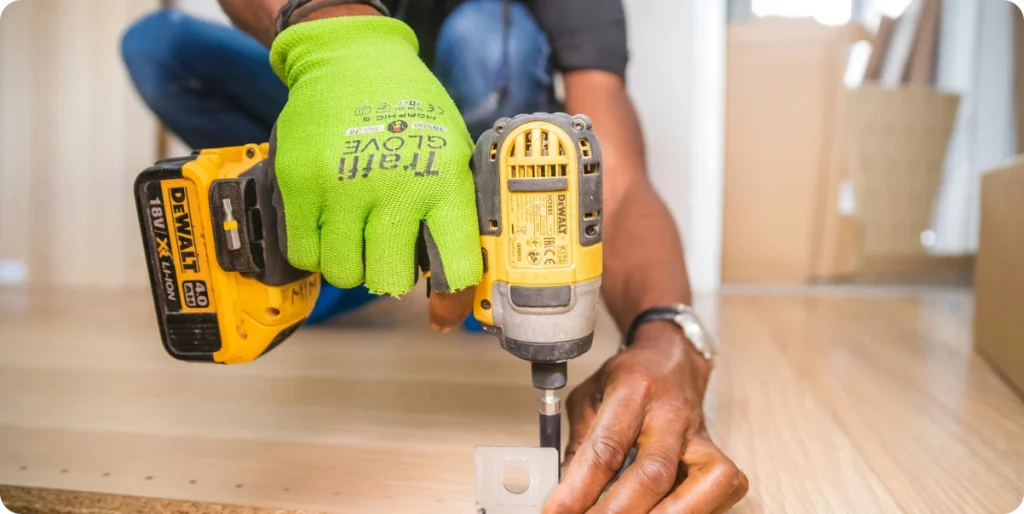
Safety by Stealth
Everyday workers are quietly reshaping workplace safety through small, meaningful actions—proving real change starts on the ground, not in boardrooms. … Read More

